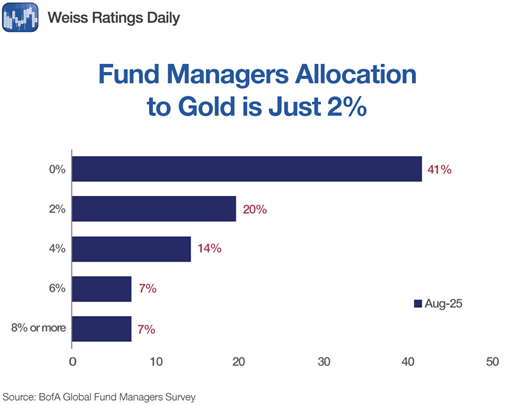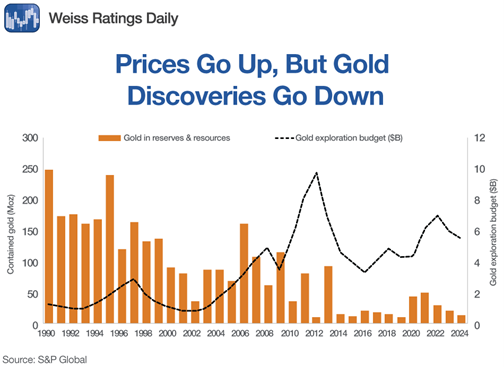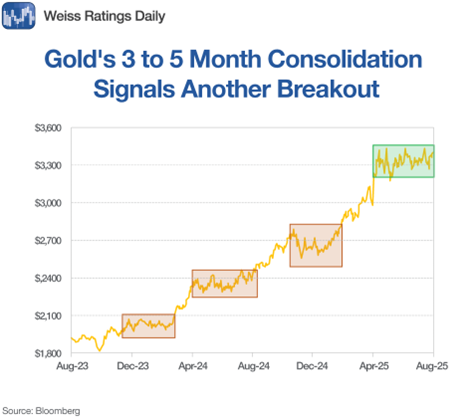The Exit Strategy: Stocks Showing Critical Warning Signs
August 23, 2025
Every successful investor knows a painful truth: knowing when to sell is often more critical than knowing what to buy.
While financial media overwhelmingly focuses on buying opportunities, our research consistently identifies companies facing significant headwinds that merit serious consideration for selling. These aren’t just stocks underperforming the market; they’re businesses confronting structural challenges, deteriorating fundamentals, or carrying valuations disconnected from financial reality.
What you won’t find here: reactionary calls based on short-term price movements or headline volatility. Each company on this list has been thoroughly analyzed across multiple metrics that historically precede substantial declines.
Smart investors understand that portfolio management requires both addition and subtraction. Sometimes the best investment decision is to redeploy capital away from troubling positions before problems fully materialize in the share price.
This week’s watchlist highlights stocks showing critical weaknesses that demand immediate attention:
Lucid Group (LCID)
Lucid Group’s implementation of a 10-for-1 reverse stock split represents a desperate attempt to avoid Nasdaq delisting while masking the fundamental deterioration of what was once considered a premium electric vehicle manufacturer. Trading at approximately $2 per share before the split, Lucid has fallen to dangerously low levels that trigger exchange listing requirements, forcing management to resort to financial engineering rather than operational improvements. The reverse split will artificially inflate the stock price to around $20 per share, but this cosmetic change cannot address the underlying cash burn crisis threatening the company’s survival.
The financial metrics reveal a company approaching potential insolvency despite its luxury positioning and advanced technology capabilities. With annual losses exceeding $2.3 billion and cash burn surpassing $3 billion yearly, Lucid faces an existential timeline pressure that traditional automotive turnaround strategies may not be able to address quickly enough. At current burn rates, the company could exhaust available capital within one year, creating a scenario where additional equity or debt financing becomes increasingly expensive and dilutive as financial distress intensifies.
Most concerning is Lucid’s negative gross margin of -99.26%, indicating the company loses nearly a full dollar on manufacturing costs for every dollar of revenue generated before considering operating expenses. This fundamental breakdown in unit economics suggests profound operational inefficiencies that extend beyond normal startup scaling challenges to potentially structural problems with the business model. At a $6 billion market capitalization despite these troubling metrics, Lucid appears to trade on speculative hope rather than financial reality. For investors still holding positions, the reverse split should be viewed as a warning signal that management has exhausted organic solutions to the stock’s decline, while the underlying cash burn crisis remains unresolved and potentially accelerating.
Navitas Semiconductor (NVTS)
Navitas Semiconductor illustrates how quickly investor enthusiasm can evaporate when fundamental performance fails to support thematic investment narratives, even for companies with seemingly prestigious partnerships. The specialty chipmaker’s decline of over 10% following CJS Securities’ downgrade to market perform reflects growing recognition that the company’s second-quarter results revealed significant operational challenges masked by previous AI and data center enthusiasm. With revenue declining nearly 30% year-over-year while net losses doubled to $0.25 per share, Navitas demonstrates how competitive advantages can erode rapidly in the semiconductor sector.
The timing of this deterioration is particularly problematic given the company’s recent partnership announcement with Nvidia for AI data center hardware development. This high-profile collaboration, which drove significant investor interest as recently as May, appears insufficient to offset broader competitive pressures and execution challenges facing the company’s core business. The negative gross margin of -0.55% suggests fundamental pricing or cost structure problems that even premium partnerships may not resolve, particularly in competitive semiconductor markets where larger players can leverage scale advantages.
At $6.43 with a market capitalization of $1 billion, Navitas trades at substantial multiples to revenue despite deteriorating financial metrics and operational challenges. The stock’s dramatic decline from its 52-week high of $9.48 to near its low of $1.52 reflects market recognition that thematic positioning cannot substitute for fundamental business execution. With trading volume elevated as institutional investors reassess positions, Navitas appears caught between ambitious growth investments and persistent profitability challenges. For investors seeking semiconductor exposure, the combination of declining revenue trends, negative margins, and competitive pressures suggests waiting for clearer signs of operational stabilization before considering investment in smaller players facing scale disadvantages against industry giants.
Intuit (INTU)
Intuit demonstrates how even strong operational performance and AI-driven growth momentum can trigger selling when guidance fails to meet elevated investor expectations for market-leading technology companies. Despite beating Wall Street estimates with earnings of $2.75 per share on $3.83 billion in revenue, the stock’s 5.03% decline reflects disappointment with conservative fiscal 2026 guidance that suggests management expects growth deceleration. The company’s emphasis on “intentionally conservative” guidance methodology may preserve credibility but appears insufficient to satisfy investors expecting more aggressive growth projections from AI-enhanced platforms.
The underlying concern appears centered on Mailchimp’s performance challenges, which management attributes to transitional difficulties as customers adapt to new product packaging approaches. While framed as temporary disruption, these operational stumbles highlight execution risks for a company commanding premium valuations based on consistent growth delivery. The CFO’s assurances that usage patterns will improve as customers adjust may prove accurate, but the guidance conservatism suggests management lacks confidence in near-term recovery timelines or magnitude.
At $662.66 with a market capitalization of $195 billion, Intuit trades at substantial multiples that leave minimal room for growth disappointments or execution challenges. The impressive 76.79% gross margin demonstrates strong underlying business economics, but the modest 0.60% dividend yield provides limited compensation for investors during potential volatility periods. With extraordinary trading volume indicating institutional repositioning following the guidance disappointment, Intuit appears to be experiencing the challenges facing premium-valued growth companies where even minor execution concerns can trigger significant multiple compression. For investors holding positions, the reaction to conservative guidance suggests the market may have become overly optimistic about AI-driven acceleration timelines, potentially creating extended periods of volatility as growth expectations realign with operational reality.













